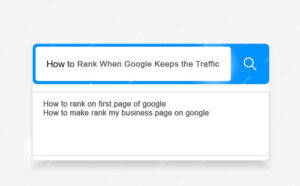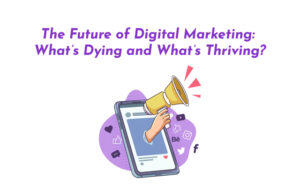Introduction to Content Planning
In the fast-paced digital age, content planning has emerged as a pivotal element of successful marketing strategies. It encompasses the meticulous organization and creation of content that resonates with target audiences while aligning with overarching business objectives. The strategic deployment of content is not merely about quantity but about delivering quality that informs, engages, and converts.
Setting Clear Objectives
The foundation of any effective content plan lies in the establishment of clear objectives. These goals must transcend mere content creation and distribution, focusing instead on achieving specific business outcomes. Identifying these goals involves a deep understanding of the organization’s mission and vision. Furthermore, aligning content with audience needs ensures that every piece serves a purpose, whether it’s to educate, entertain, or persuade.
Understanding Your Audience
Understanding your audience is paramount to the success of content planning. This begins with the creation of detailed audience personas that encapsulate demographics, psychographics, and behavioral traits. By analyzing audience behavior and preferences, content creators can tailor their messages to resonate deeply, thereby fostering a connection that goes beyond superficial engagement.
Conducting Comprehensive Research
Thorough research underpins all successful content strategies. This involves a dual approach: conducting a market analysis to identify trends and opportunities, and performing a competitor content audit to understand what works and what doesn’t within the industry. This comprehensive research forms the bedrock upon which effective content strategies are built.
Developing a Content Calendar
A content calendar is an indispensable tool in the arsenal of content planning. It serves as a visual workflow that ensures consistent and timely content production. The importance of a content calendar cannot be overstated; it helps in managing the creative process, coordinating with different teams, and maintaining a steady flow of content. Tools and techniques, such as Trello or editorial calendars, can streamline this process, making it more efficient and less prone to oversight.
Crafting High-Quality Content
Crafting high-quality content is both an art and a science. It requires a balance of creativity and technical prowess. The elements of compelling content include strong storytelling, engaging visuals, and a clear call to action. Balancing quantity and quality is crucial; while frequent content updates are important, each piece must maintain a high standard to ensure it adds value to the audience.
Optimizing Content for SEO
Search Engine Optimization (SEO) is integral to increasing the visibility of content. Integrating keywords naturally within the content ensures it ranks higher in search engine results. However, SEO is not just about keywords; it also involves the strategic use of metadata, tags, and an understanding of search engine algorithms. The goal is to make content easily discoverable and accessible.
Promoting and Distributing Content
Creating content is only half the battle; promoting and distributing it effectively is equally important. Leveraging social media platforms can amplify reach and engagement. Each platform has its unique audience and requires tailored content strategies. Additionally, email marketing remains a powerful tool for direct engagement with the audience, allowing for personalized communication that can drive conversions.
Measuring and Analyzing Performance
The efficacy of content strategies must be continually assessed through the measurement and analysis of key performance metrics. These metrics include engagement rates, conversion rates, and traffic sources. By regularly analyzing this data, content creators can adjust their strategies to enhance performance, ensuring that their content remains relevant and effective.
Mastering the art of content planning is a dynamic and ongoing process that requires a strategic approach and a deep understanding of both the audience and the market. Through clear objectives, detailed research, and continuous analysis, businesses can create content that not only engages but also drives meaningful results.










